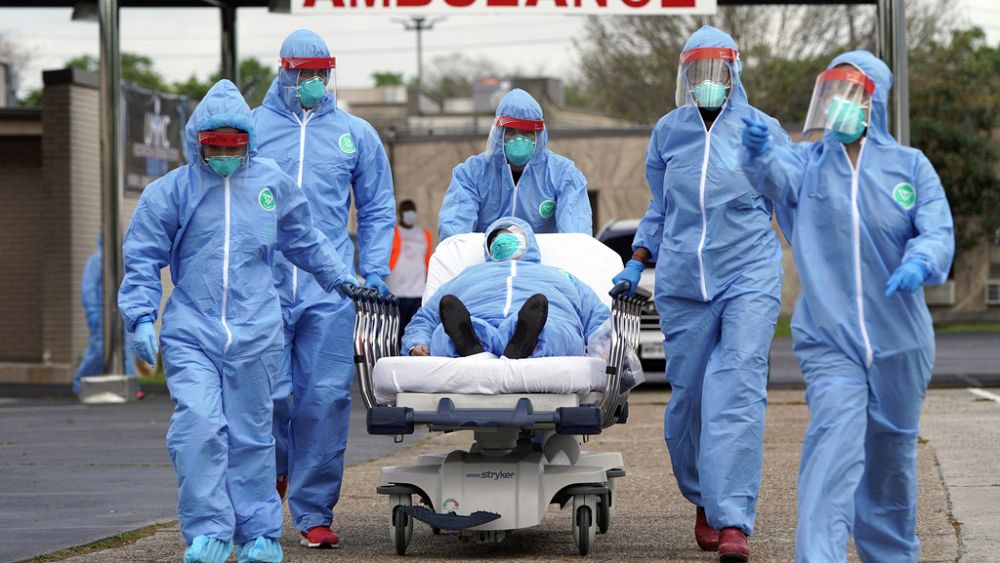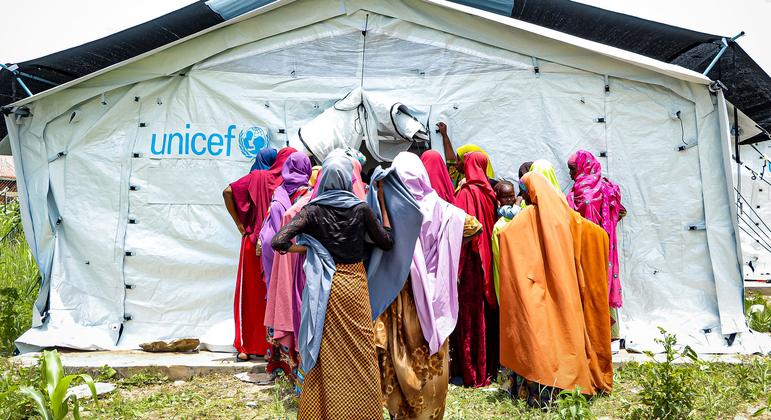The World Health Organization says the COVID-19 pandemic could settle down this year to a point where it poses a threat similar to flu.
The UN health agency earlier voiced confidence that it will be able to declare an end to the emergency sometime in 2023, saying it was increasingly hopeful about the pandemic phase of the virus coming to a close.
Last weekend marked three years since the WHO first described the situation as a ‘pandemic’ although the organisation’s chief, Tedros Adhanom Ghebreyesus, insists countries should have acted several weeks beforehand.
“I think we’re coming to that point where we can look at Covid-19 in the same way we look at seasonal influenza,” WHO emergencies director Michael Ryan told a press conference.
“A threat to health, a virus that will continue to kill. But a virus that is not disrupting our society or disrupting our hospital systems, and I believe that that will come, as Tedros said, this year.”
The WHO chief said the world was in a much better position now than it has been at any time during the pandemic.
The WHO declared a PHEIC, the highest level of alarm it can sound, on January 30, 2020, when, outside of China, fewer than 100 cases and no deaths had been reported.
But it was only when Tedros described the worsening situation as a pandemic on 11 March that year that many countries seemed to wake up to the danger.
“We declared a global health emergency to spur countries to take decisive action, but not all countries did,” he said on Friday.
“Three years later, there are almost seven million reported deaths from COVID-19, although we know that the actual number of deaths is much higher.”
He was pleased that for the first time, the weekly number of reported deaths over the past four weeks has been lower than when he first described COVID-19 as a pandemic.
But he said more than 5,000 deaths reported per week was 5,000 too many for a disease that can be prevented and treated.





















Discussion about this post